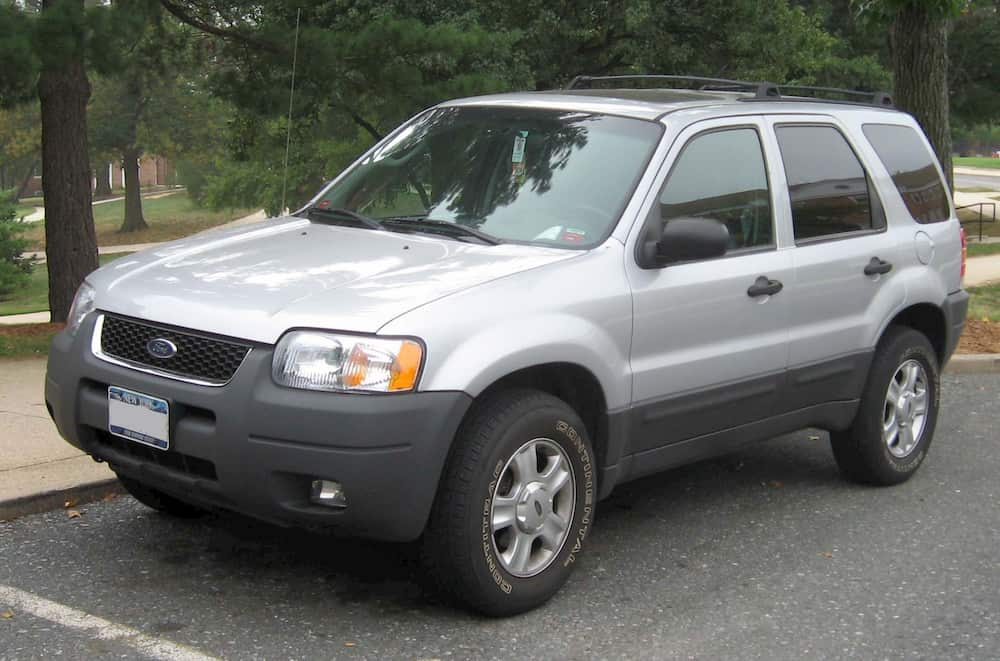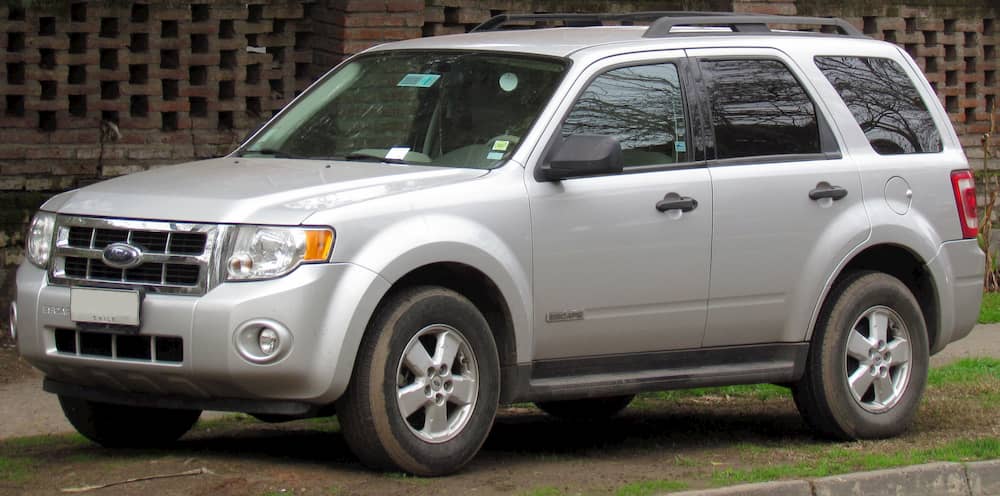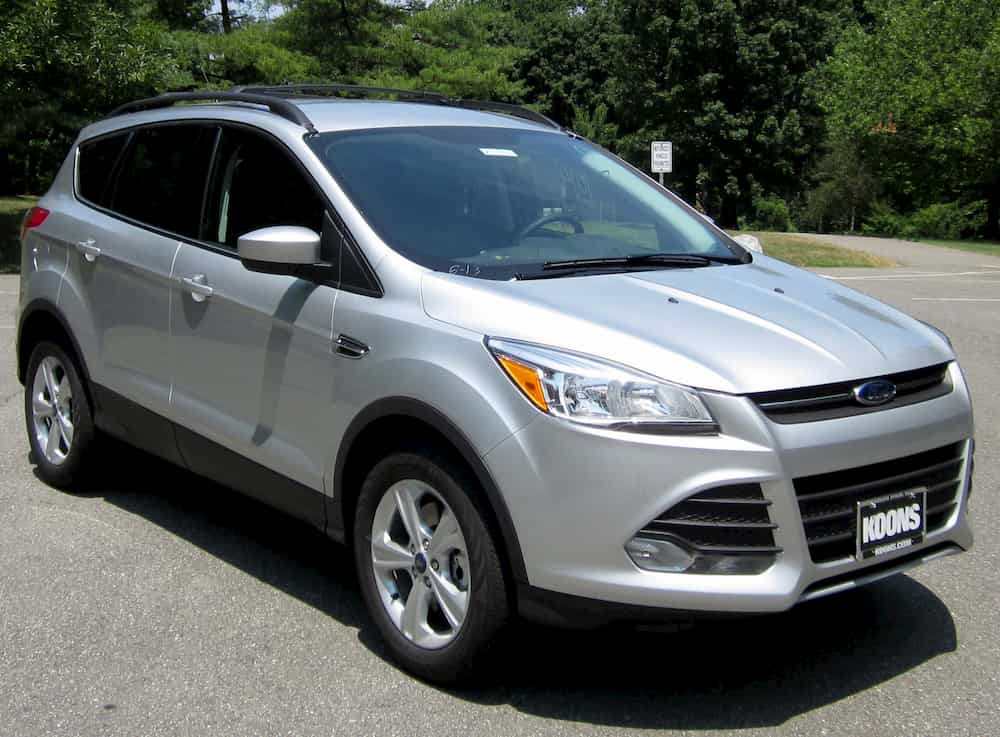What is the Escape?
Originally the Ford Escape was launched in the 2001 model year after entering production in the previous year. It was intended to be the American car manufacturer’s first compact crossover SUV onto the market. The Crossover SUV segment of the auto market had only recently been established 5 years before by Toyota who created the RAV4 using the Corolla chassis. Honda had also entered the market at roughly the same time with a similar model called the CR-V, based on the Civic. Car buyers were snapping these models up as fast as the manufacturers could make them as they offered an ideal route to SUV ownership with less of the costs.
These crossover SUVs (like the Escape) were designed in a way that they incorporated the chassis into the body; they were lighter than traditional SUVs. This meant they needed smaller engines as well as lighter-duty components – bringing down the initial cost and the running costs too. Typically these models did away with the offroading equipment too, such as transfer cases and special features such as hill-descent-mode, further removing unneeded weight.
How was the Escape developed?
To create the Escape, Ford and Mazda combined forces to create the CD2 platform using the chassis from the Mazda 626 as a donor. Mazda went on to brand their version of the compact crossover SUV as the Tribute which they sold worldwide until 2011. Ford used the name Escape in North America for this new model but across Europe, they sold it as the Maverick. That was until 2013 when Ford began marketing their European compact crossover SUV model as the Kuga. At the same time, the American Escape was moved to an in-house developed platform that is shared with the Focus compact car.
Common Ford Escape Problems
During the first generation of design, Escape was seeing a few common problems occurring with its models. These are usually related to the transmission and the power steering and the root of these causes could be blamed on the platform.

As the newly created CD2 platform was designed for the lighter Mazda 626 originally it was bound to experience a few teething problems with a heavier SUV body. Unfortunately, the second-generation Ford Escape also suffered from similar problems that mainly occurred around the transmission (you can find instructions on how to fix it in the workshop manual). This was due to the same chassis being used underneath the car although the exterior appeared much different now.

With the move to the third generation, the Escape was now sat on an in-house developed platform shared with the Focus. It no longer saw problems with the transmission popping up and scaring the owner with expensive repair bills. On the downside, the problems seemed to move into the engine bay with a large scandal surrounding the car due to random fires breaking out. Ford responded by releasing an urgent engine software update that could fix the fire breakouts in most cases. Alongside the fires, many owners of the 3rd generation Escape reported shuddering, stalling and shaking when driving.

In 2020 a fourth-generation Escape hit the roads and although it’s a little early to weed out all of the complaints, some initial reports have been coming in. Customers are noticing the low-quality materials used in the cabin as well as a less than dependable experience with the transmission. Transmissions in the new model are said to be hard to use and difficult to place into the required gear.






